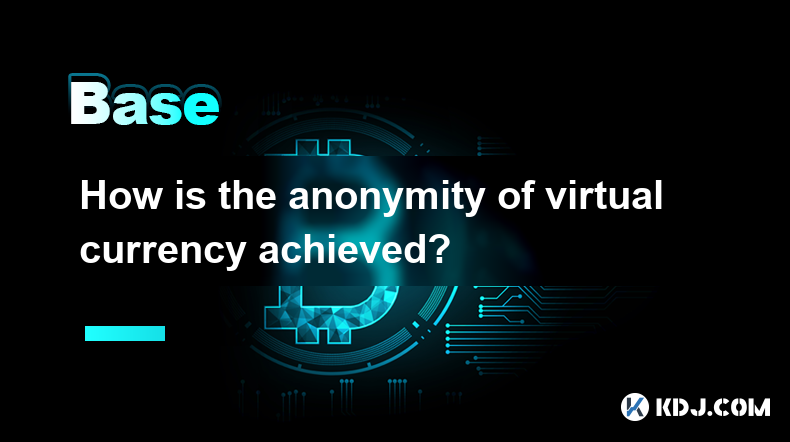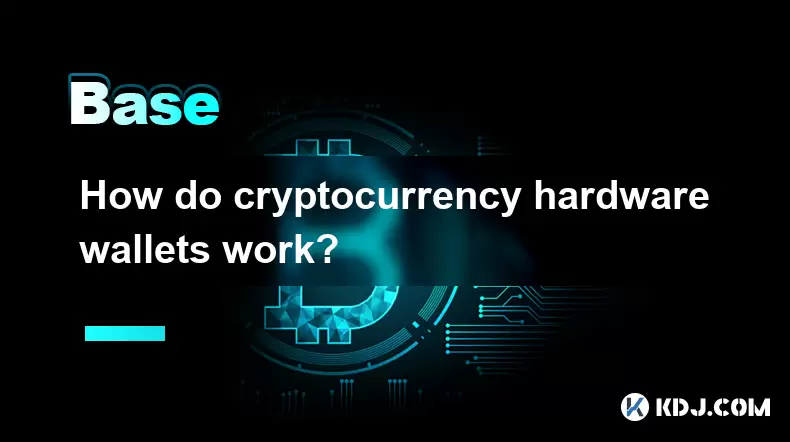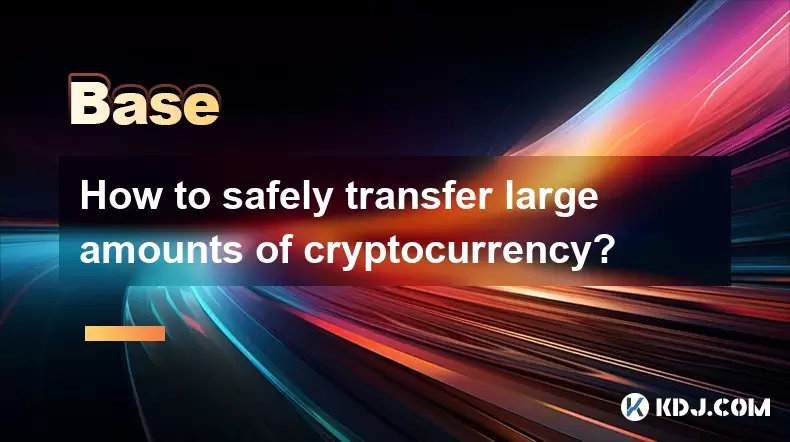-
 Bitcoin
Bitcoin $106,754.6083
1.33% -
 Ethereum
Ethereum $2,625.8249
3.80% -
 Tether USDt
Tether USDt $1.0001
-0.03% -
 XRP
XRP $2.1891
1.67% -
 BNB
BNB $654.5220
0.66% -
 Solana
Solana $156.9428
7.28% -
 USDC
USDC $0.9998
0.00% -
 Dogecoin
Dogecoin $0.1780
1.14% -
 TRON
TRON $0.2706
-0.16% -
 Cardano
Cardano $0.6470
2.77% -
 Hyperliquid
Hyperliquid $44.6467
10.24% -
 Sui
Sui $3.1128
3.86% -
 Bitcoin Cash
Bitcoin Cash $455.7646
3.00% -
 Chainlink
Chainlink $13.6858
4.08% -
 UNUS SED LEO
UNUS SED LEO $9.2682
0.21% -
 Avalanche
Avalanche $19.7433
3.79% -
 Stellar
Stellar $0.2616
1.64% -
 Toncoin
Toncoin $3.0222
2.19% -
 Shiba Inu
Shiba Inu $0.0...01220
1.49% -
 Hedera
Hedera $0.1580
2.75% -
 Litecoin
Litecoin $87.4964
2.29% -
 Polkadot
Polkadot $3.8958
3.05% -
 Ethena USDe
Ethena USDe $1.0000
-0.04% -
 Monero
Monero $317.2263
0.26% -
 Bitget Token
Bitget Token $4.5985
1.68% -
 Dai
Dai $0.9999
0.00% -
 Pepe
Pepe $0.0...01140
2.44% -
 Uniswap
Uniswap $7.6065
5.29% -
 Pi
Pi $0.6042
-2.00% -
 Aave
Aave $289.6343
6.02%
How is the anonymity of virtual currency achieved?
Cryptocurrency anonymity isn't absolute; it's a spectrum. Techniques like privacy coins (Monero, Zcash), mixing services, and careful transaction structuring enhance privacy on public blockchains. However, complete anonymity is difficult and risky, constantly challenged by blockchain analysis and regulations.
Mar 14, 2025 at 03:46 am

Key Points:
- Anonymity in cryptocurrencies is a spectrum, not an absolute. Different cryptocurrencies offer varying degrees of privacy.
- Achieving anonymity involves utilizing techniques like mixing services, privacy coins, and careful transaction structuring.
- Public blockchains, while transparent, can obscure user identities through sophisticated techniques.
- However, complete anonymity is difficult to achieve and carries risks associated with illicit activities.
- Regulations and advancements in blockchain analysis constantly challenge the anonymity features of cryptocurrencies.
How is the Anonymity of Virtual Currency Achieved?
The pursuit of anonymity in the cryptocurrency world is a complex and multifaceted endeavor. While often touted as a key feature, it’s crucial to understand that true anonymity is rarely absolute. Instead, various techniques aim to obfuscate the connection between a user's real-world identity and their on-chain transactions. These techniques operate on a spectrum, with some cryptocurrencies inherently more private than others.
One primary approach involves using privacy coins. These cryptocurrencies, such as Monero (XMR) and Zcash (ZEC), employ cryptographic techniques to conceal transaction details, including sender, receiver, and amount. They achieve this through ring signatures, confidential transactions, and other advanced cryptographic protocols that make it significantly more challenging to trace transactions back to specific individuals.
Beyond privacy coins, mixing services play a crucial role. These services pool together multiple cryptocurrency transactions, making it nearly impossible to link individual transactions to their origins. This process effectively breaks the chain of traceability by combining user funds with those of others, creating a complex and opaque network of transactions. However, it's vital to be cautious when using mixing services, as some may be operated by malicious actors.
Even with public blockchains like Bitcoin, where every transaction is recorded transparently, achieving a level of anonymity is possible. Techniques like using multiple wallets, employing coin mixing services, and utilizing VPNs can help obscure the connection between your real identity and your cryptocurrency addresses. The more layers of obfuscation employed, the harder it becomes to track the flow of funds.
However, it's important to acknowledge that complete anonymity is an exceptionally difficult goal to achieve. Blockchain analysis firms and law enforcement agencies constantly develop sophisticated tools and techniques to unmask the identities behind cryptocurrency transactions. Analyzing transaction patterns, investigating exchange records, and employing other investigative methods can often break through the layers of anonymity, particularly when large sums of money are involved.
The degree of anonymity achievable also depends heavily on the specific cryptocurrency and the measures taken by the user. Some cryptocurrencies are inherently more transparent than others, making it easier to track transactions. Furthermore, even with the strongest privacy features, careless practices, like reusing addresses or making easily traceable transactions, can significantly compromise anonymity.
Furthermore, the regulatory landscape is constantly evolving. Governments worldwide are increasingly focused on combating illicit activities facilitated by cryptocurrencies, leading to stricter regulations and enhanced monitoring capabilities. This makes it more challenging to maintain anonymity, particularly for those engaging in illegal activities. Staying informed about evolving regulations is essential for anyone seeking to use cryptocurrencies while minimizing their digital footprint.
How do different cryptocurrencies differ in terms of anonymity?
The level of anonymity offered by various cryptocurrencies varies greatly. Bitcoin, for example, offers a relatively low level of anonymity compared to privacy coins like Monero. Bitcoin transactions are publicly recorded on the blockchain, although the identities of the users are not directly revealed, making it possible to track transactions through analysis. Privacy coins, on the other hand, are specifically designed to offer enhanced anonymity features through techniques like ring signatures and zero-knowledge proofs. This makes it far more challenging to link transactions to specific individuals.
Are there any risks associated with pursuing anonymity in cryptocurrency?
Yes, there are significant risks associated with pursuing anonymity in cryptocurrency. Firstly, associating oneself with anonymity can raise red flags, leading to suspicion from exchanges and other financial institutions. Secondly, engaging in activities that attempt to obscure illicit transactions can lead to severe legal consequences. Thirdly, utilizing untrusted mixing services or other privacy tools can expose users to scams or theft. Finally, the effectiveness of anonymity techniques is constantly being challenged by advancements in blockchain analysis.
How can I improve my privacy when using cryptocurrencies?
Improving your privacy when using cryptocurrencies involves a multi-layered approach. This includes using a VPN to mask your IP address, employing privacy-focused browsers, using a hardware wallet for enhanced security, and avoiding the reuse of addresses. Additionally, exploring the use of privacy coins and employing advanced techniques like coin mixing can further enhance your privacy, but it is crucial to exercise caution and ensure that you are using reputable services. Remember, no method offers absolute anonymity, and maintaining a balance between privacy and security is key.
Disclaimer:info@kdj.com
The information provided is not trading advice. kdj.com does not assume any responsibility for any investments made based on the information provided in this article. Cryptocurrencies are highly volatile and it is highly recommended that you invest with caution after thorough research!
If you believe that the content used on this website infringes your copyright, please contact us immediately (info@kdj.com) and we will delete it promptly.
- Riding the Solana Wave: Spot ETFs and Investment Opportunities
- 2025-06-18 22:45:12
- Hedera (HBAR) and 2030 Wealth: A Realistic Outlook
- 2025-06-18 23:05:12
- XRP Lawsuit: Settlement Hopes Rise with Bill Morgan's Insights
- 2025-06-18 23:22:17
- Solaxy Presale: Is This Crypto Explosion the Next Big Thing on Solana?
- 2025-06-18 22:25:13
- Alchemy Pay, Ripple, and RLUSD: A New Era for Crypto Payments?
- 2025-06-18 22:45:12
- QBI Token, AI Fintech, and Cloud Deployment: A New Era in Finance
- 2025-06-18 23:24:19
Related knowledge

What is the token destruction mechanism in blockchain?
Jun 15,2025 at 12:14pm
Understanding Token Destruction in BlockchainToken destruction, often referred to as token burning, is a mechanism used within blockchain ecosystems to permanently remove a certain number of tokens from circulation. This process typically involves sending tokens to an irretrievable wallet address — commonly known as a burn address or eater address — whi...

What is Bitcoin's Taproot upgrade?
Jun 14,2025 at 06:21am
Understanding the Basics of Bitcoin's Taproot UpgradeBitcoin's Taproot upgrade is a significant soft fork improvement introduced to enhance privacy, scalability, and smart contract functionality on the Bitcoin network. Activated in November 2021, Taproot represents one of the most notable upgrades since SegWit (Segregated Witness) in 2017. At its core, ...

How do cryptocurrency hardware wallets work?
Jun 14,2025 at 11:28am
Understanding the Basics of Cryptocurrency Hardware WalletsCryptocurrency hardware wallets are physical devices designed to securely store users' private keys offline, offering a high level of protection against online threats. Unlike software wallets that remain connected to the internet, hardware wallets keep private keys isolated from potentially com...

What is a state channel in blockchain?
Jun 18,2025 at 02:42am
Understanding the Concept of a State ChannelA state channel is a mechanism in blockchain technology that enables participants to conduct multiple transactions off-chain while only interacting with the blockchain for opening and closing the channel. This technique enhances scalability by reducing congestion on the main chain, allowing faster and cheaper ...

What is Bitcoin's segregated witness address?
Jun 16,2025 at 04:14pm
Understanding the Concept of Segregated Witness (SegWit)Bitcoin's Segregated Witness (SegWit) is a protocol upgrade implemented in 2017 to improve the scalability and efficiency of Bitcoin transactions. SegWit addresses were introduced as part of this upgrade, designed to separate (or 'segregate') signature data from transaction data. This separation al...

How to safely transfer large amounts of cryptocurrency?
Jun 17,2025 at 03:35pm
Understanding the Risks Involved in Transferring Large AmountsTransferring large amounts of cryptocurrency involves a unique set of risks that differ from regular transactions. The most critical risk is exposure to theft via compromised private keys or phishing attacks. Additionally, network congestion can lead to delayed confirmations, and incorrect wa...

What is the token destruction mechanism in blockchain?
Jun 15,2025 at 12:14pm
Understanding Token Destruction in BlockchainToken destruction, often referred to as token burning, is a mechanism used within blockchain ecosystems to permanently remove a certain number of tokens from circulation. This process typically involves sending tokens to an irretrievable wallet address — commonly known as a burn address or eater address — whi...

What is Bitcoin's Taproot upgrade?
Jun 14,2025 at 06:21am
Understanding the Basics of Bitcoin's Taproot UpgradeBitcoin's Taproot upgrade is a significant soft fork improvement introduced to enhance privacy, scalability, and smart contract functionality on the Bitcoin network. Activated in November 2021, Taproot represents one of the most notable upgrades since SegWit (Segregated Witness) in 2017. At its core, ...

How do cryptocurrency hardware wallets work?
Jun 14,2025 at 11:28am
Understanding the Basics of Cryptocurrency Hardware WalletsCryptocurrency hardware wallets are physical devices designed to securely store users' private keys offline, offering a high level of protection against online threats. Unlike software wallets that remain connected to the internet, hardware wallets keep private keys isolated from potentially com...

What is a state channel in blockchain?
Jun 18,2025 at 02:42am
Understanding the Concept of a State ChannelA state channel is a mechanism in blockchain technology that enables participants to conduct multiple transactions off-chain while only interacting with the blockchain for opening and closing the channel. This technique enhances scalability by reducing congestion on the main chain, allowing faster and cheaper ...

What is Bitcoin's segregated witness address?
Jun 16,2025 at 04:14pm
Understanding the Concept of Segregated Witness (SegWit)Bitcoin's Segregated Witness (SegWit) is a protocol upgrade implemented in 2017 to improve the scalability and efficiency of Bitcoin transactions. SegWit addresses were introduced as part of this upgrade, designed to separate (or 'segregate') signature data from transaction data. This separation al...

How to safely transfer large amounts of cryptocurrency?
Jun 17,2025 at 03:35pm
Understanding the Risks Involved in Transferring Large AmountsTransferring large amounts of cryptocurrency involves a unique set of risks that differ from regular transactions. The most critical risk is exposure to theft via compromised private keys or phishing attacks. Additionally, network congestion can lead to delayed confirmations, and incorrect wa...
See all articles

























































































